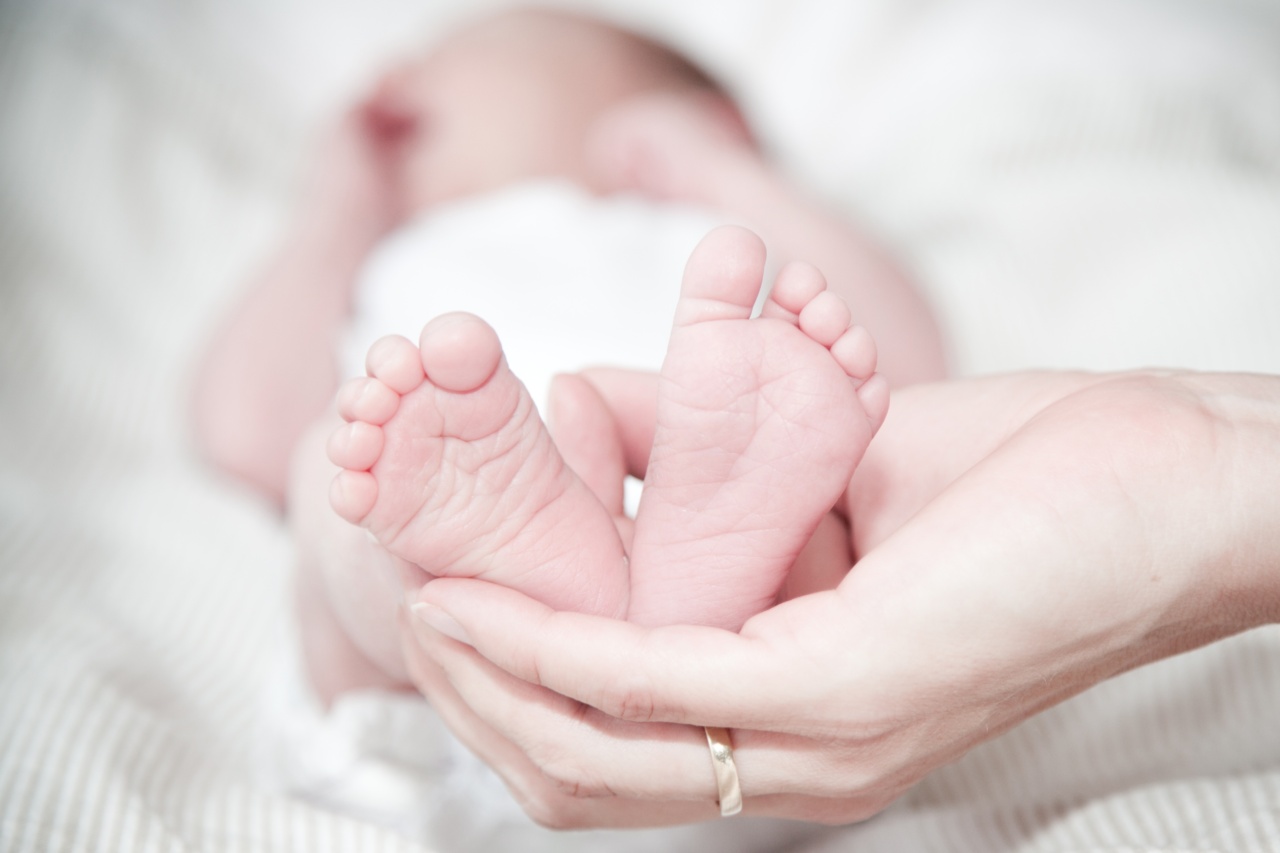Caesarian section is a common surgical procedure used to deliver babies. It is often done when vaginal birth is not possible or poses a risk to the mother or baby. While it is a safe procedure, there are certain risks associated with it.
One of the most common complications of caesarian birth is respiratory distress in newborns.
What causes respiratory complications in newborns?
Respiratory complications in newborns can arise due to a variety of reasons, such as premature birth, delayed lung maturation, infections, or congenital abnormalities. However, it is also commonly seen after caesarian birth.
This is because during vaginal delivery, the baby is subjected to a series of forces as it passes through the birth canal. These forces help to expel the amniotic fluid from lungs and clear the airways, preparing the baby for breathing.
However, during a caesarian section, this natural mechanism of lung fluid elimination is bypassed, leading to a buildup of lung fluids and respiratory distress.
Symptoms of respiratory distress in newborns
The symptoms of respiratory distress in newborns may vary depending on the severity of the condition. Some common signs to look out for include:.
- Rapid or labored breathing
- Grunting noises while breathing
- Flaring of nostrils or chest
- Cyanosis or bluish tint to the skin, particularly around the lips and nails
Treatment of respiratory distress in newborns
Treatment for respiratory distress will depend on the severity of the condition. In mild cases, supportive care such as oxygen therapy and keeping the baby warm and dry may be enough.
However, more severe cases may require mechanical ventilation or a stay in the neonatal intensive care unit (NICU). The baby may also be given medications to help clear the lungs of fluid or antibiotics if there is an associated infection.
Prevention of respiratory distress in newborns after caesarian birth
While it is not always possible to prevent respiratory distress in newborns after caesarian birth, there are certain measures that can be taken to reduce the risk of its occurrence. These include:.
- Delaying cord clamping to allow for a natural transfer of blood and oxygen from the placenta
- Providing suction to clear the baby’s airways as soon as its head emerges
- Ensuring that the baby is positioned correctly during delivery to encourage lung fluid expulsion
- Administering corticosteroids to the mother before the delivery to help accelerate lung maturation in the baby
Risks associated with respiratory distress in newborns
Respiratory distress in newborns, if left untreated, can lead to serious complications such as tissue damage, organ failure, and even death. It is important to seek medical attention if any signs of respiratory distress are observed in a newborn.
Early detection and prompt treatment can greatly improve the outcome for the baby.
Conclusion
Respiratory distress in newborns is a common complication after caesarian birth. It can be caused by a buildup of lung fluids, which would have been naturally expelled during a vaginal delivery.
While it is not always preventable, certain measures can be taken to reduce the risk of its occurrence. If respiratory distress is observed in a newborn, it is important to seek medical attention immediately to prevent any serious complications.




























